17 October 2019, 04:06
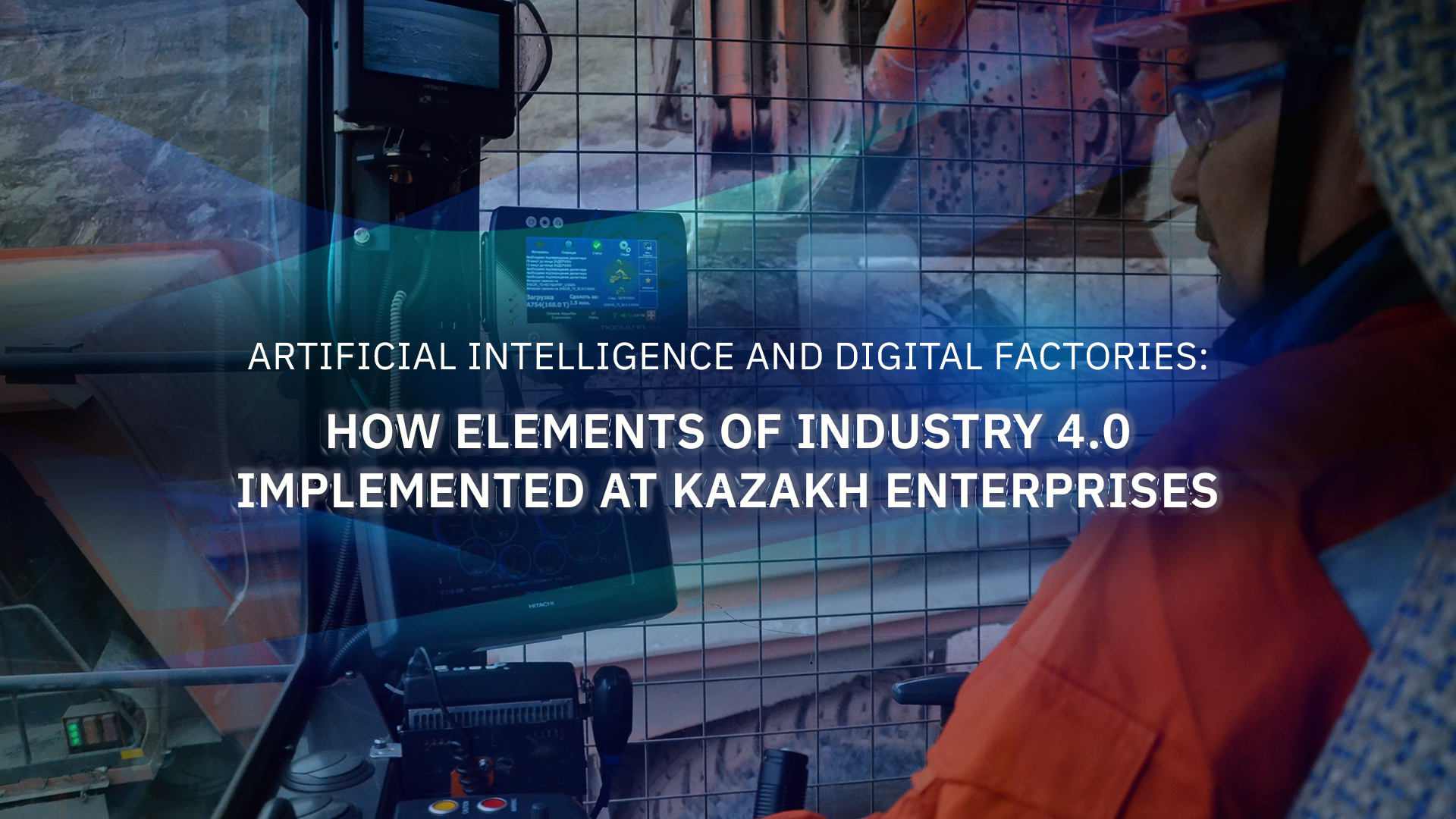
The task of digitalizing industry was initially set by the First President – Elbasy Nursultan Nazarbayev in his 2017 Address to the People. The task was to cultivate new industries that would use digital technology. In the 2018 Address, Elbasy instructed to make the third five-year period of industrialization “innovative.” The main factor here was the widespread introduction of elements of the Fourth Industrial Revolution. They include automation, robotics, artificial intelligence, the exchange of big data and others. The government, together with business, was entrusted to develop a set of measures for the technological re-equipment of basic industries until 2025. In 2019, the Head of State Kassym-Jomart Tokayev noted that the Fourth Industrial Revolution is strengthening the requirements for the knowledge and competencies of workers. Therefore, it was instructed to create a training plan for 10 thousand specialists for key industries until 2025, necessary for the development of Industry 4.0. Each regional akim must provide a job creation map until 2025.
At a recent meeting on economic issues of Oct. 15, 2019, chaired by the Head of State, it was noted that the implementation of the industrialization program allowed to stop the decline in industrial production and the manufacturing sector, and to launch new types of products. However, as Kassym-Jomart Tokayev noted, cardinal shifts in the structure of the economy did not occur. The attention of the local and foreign expert community is riveted to industrialization; the idea of industrialization should not be discredited. The head of state pointed out the need to form at least 3-5 technologically developed industries that are competitive at least on a regional scale.
The main emphasis should be placed on the growth of labor productivity by at least 1.7 times and a significant increase in Kazakhstan's export of processed products. The government will have to increase non-resource exports by 1.5 times by 2022 and 2 times by 2025.
Today we are witnessing the active introduction of digital technologies in almost all areas. Recognizing the importance of technological modernization, Kazakhstan is doing a great job in digitalizing industry. The Ministry of Industry and Infrastructure Development of the Republic of Kazakhstan conducted an assessment of the current state of industrial enterprises from the point of view of Industry 4.0 with the aim of a common understanding of where we are now in terms of technological development. The results of the analysis showed that most of the country's enterprises are characterized by insufficient technological and organizational basis for a full transition to Industry 4.0.
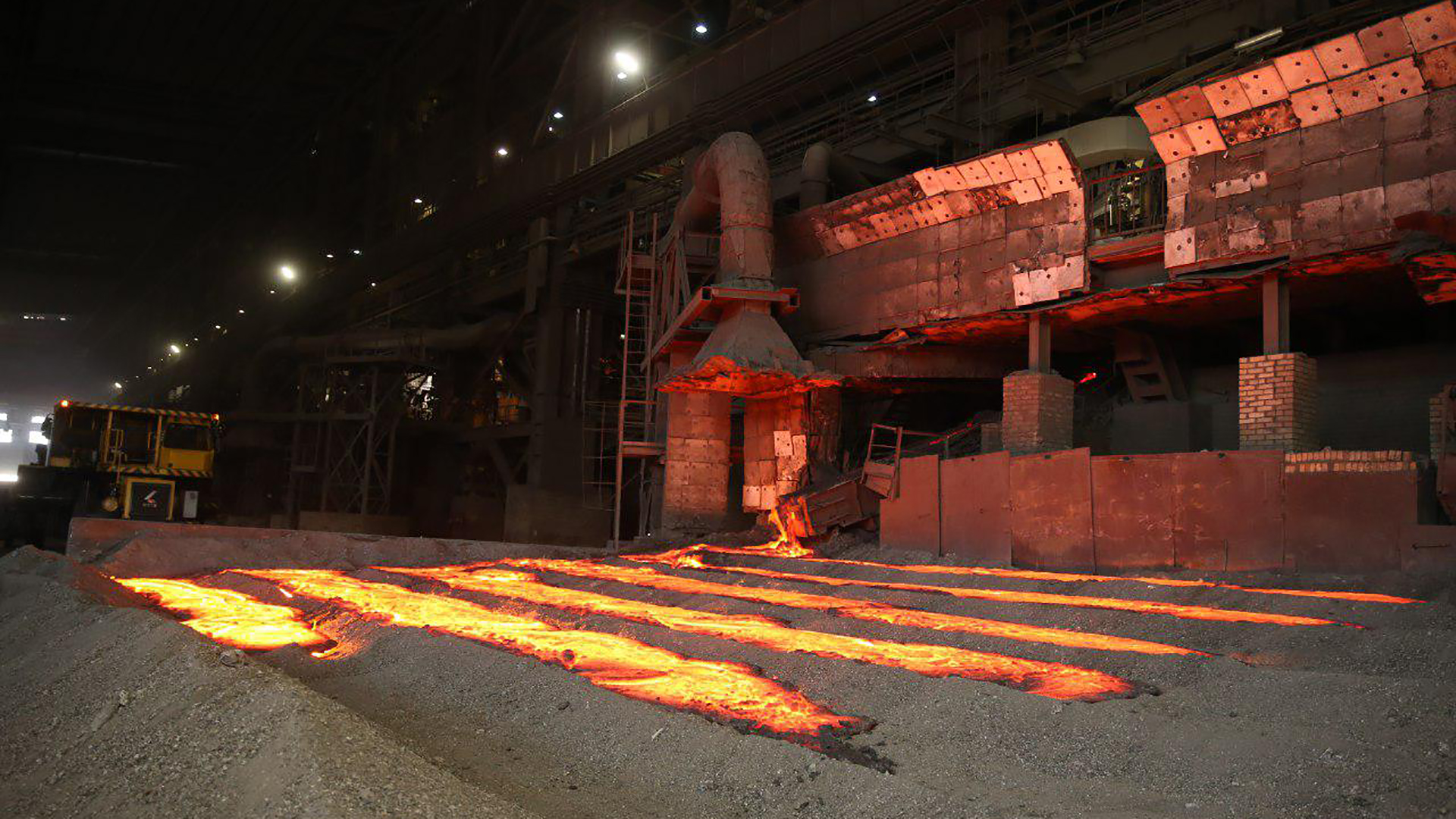
What is Industry 4.0? This term is usually used as a synonym for the Fourth Industrial Revolution, that is, the mass introduction of cyberphysical systems in the production and service of human needs, including everyday life, work and leisure, as well as the ever-increasing automation of absolutely all processes in production. The main technologies that are being introduced within the framework of Industry 4.0 are big data, the Internet of things, virtual and augmented reality, 3D printing, quantum computing, blockchain and robotics.
There is no need to talk about a sharp jump, because the transformation process takes time. Nevertheless, there are industries that are more active in introducing Industry 4.0 at their facilities.
For example, 13 large mining enterprises plan to implement 58 large projects with a total investment of 315.4 billion tenge. At the moment, already completed 20 projects worth 88.7 billion tenge. We can say that the mining and metallurgy industry is a leader in digital transformation.
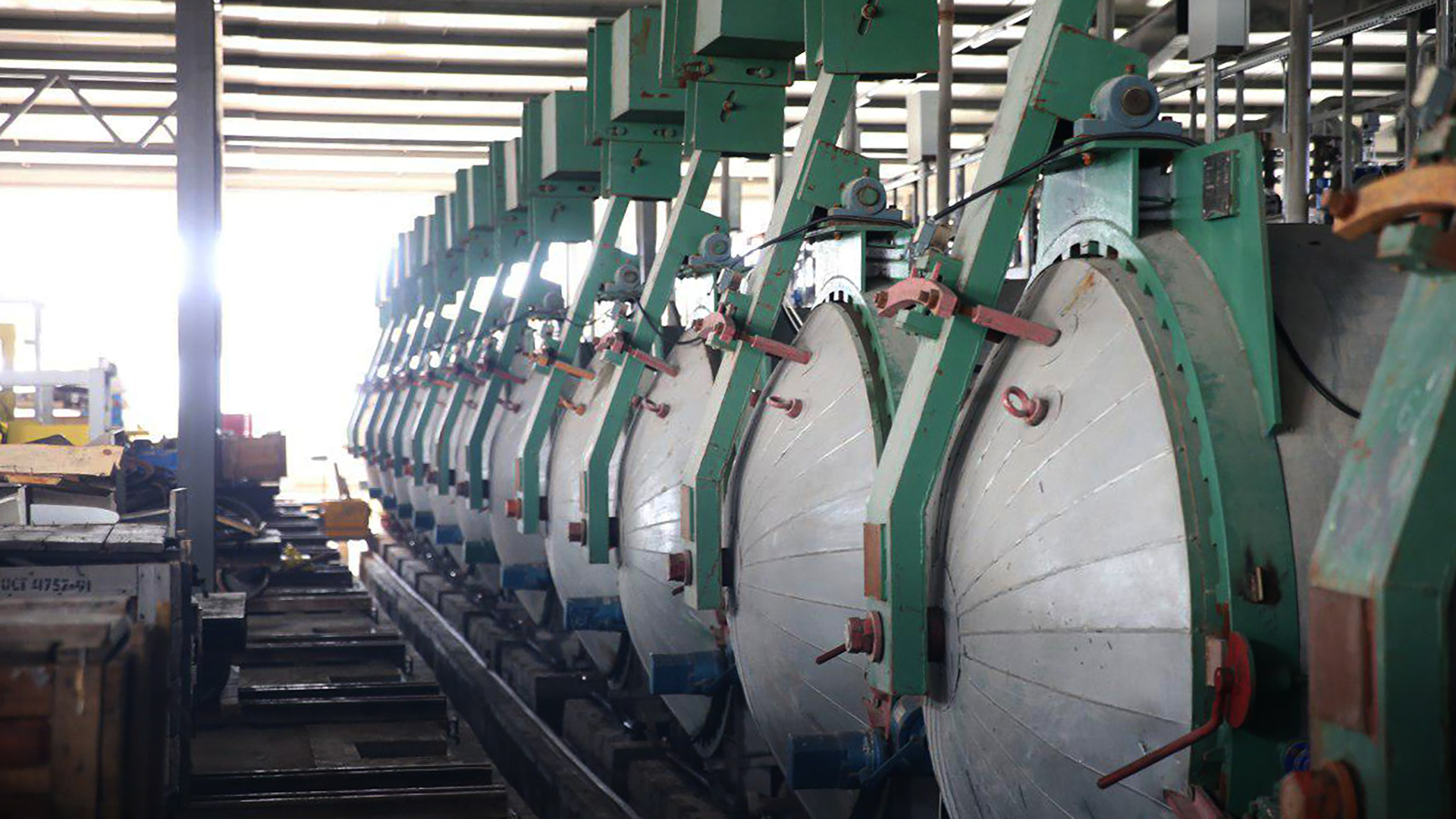
In addition, the ministry is implementing a project to create 7 model digital factories (AK Altynalmas JSC, Eurasian Foods JSC, Kentau Transformer Plant JSC, Khimpharm JSC, Karlskrona LLP, Baltekstil LLP, Almaty LLP Fan Plant) with the aim of demonstrating digital technologies and the effects of digitalization, popularizing Industry 4.0 and developing government support measures. Today, companies have already implemented 14 projects worth 7.5 billion tenge and receive benefits in the form of savings by reducing equipment downtime, reducing resource losses, etc. In general, the implementation of digital solutions in 90 enterprises is planned for the regions by 2022 (about 200 digitalization projects), of which 35 projects have already implemented projects.
Industry 4.0 will allow domestic enterprises not only to increase their own profits by reducing costs and increasing labor productivity, but also to reach a new technological level of development and find new market niches, integrate into global value chains.
According to the Committee for Industrial Development and Industrial Safety, the results of the implementation of Industry 4.0 present additional opportunities due to which we can reduce the impact of objective negative factors such as a small domestic market, long distances with no access to the sea, shortage of skilled labor, etc.
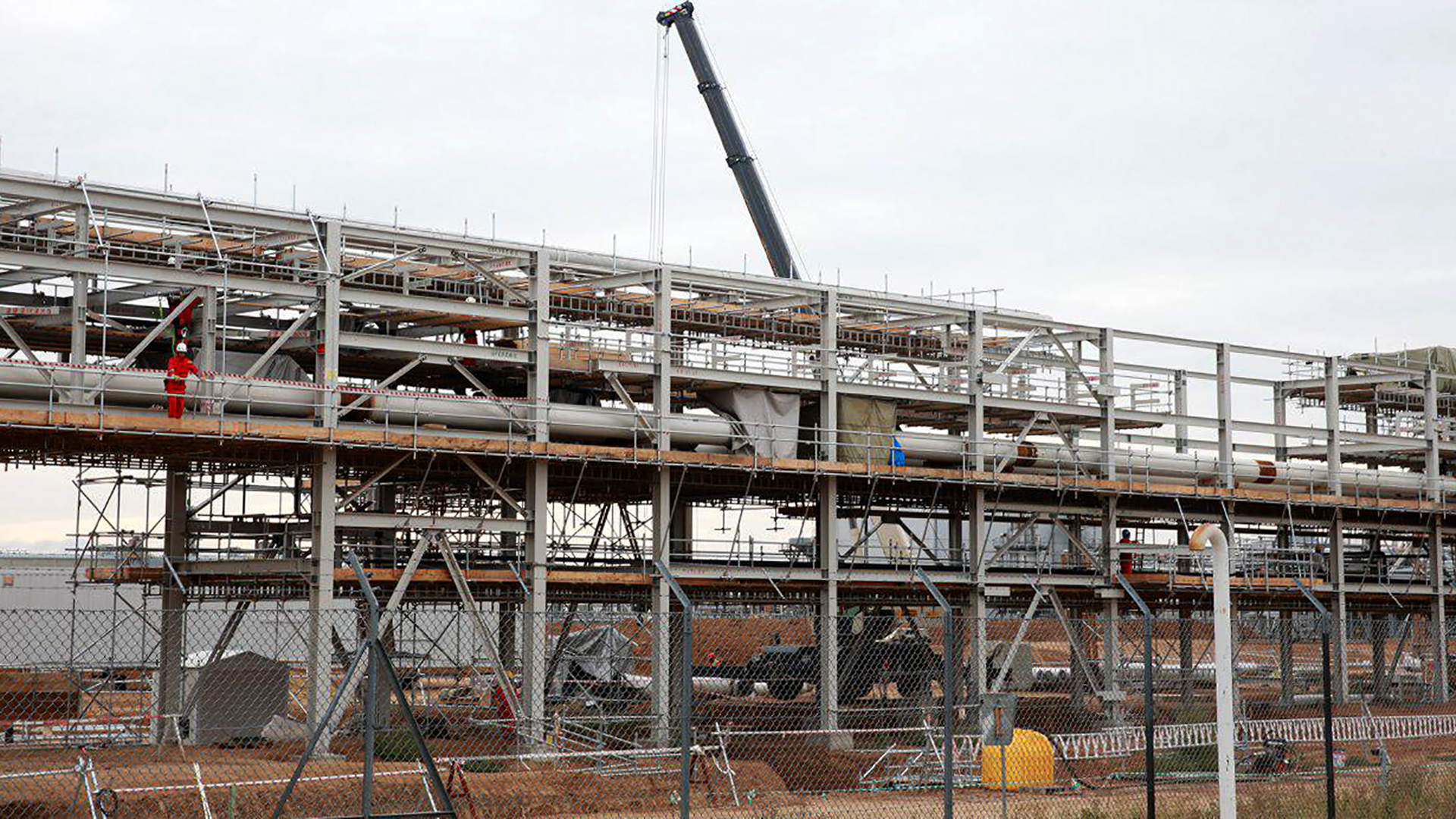
Currently, export-oriented enterprises with high added value (mining and metallurgical complex, mechanical engineering, chemical industry, pharmaceuticals) are at the forefront of digitalization plans. This is not surprising, since the competitiveness of their products in international markets directly depends on production efficiency.
In addition, enterprises in these sectors have sufficient resources necessary for the implementation of digitalization projects.
Regarding the integration of the entire production process, it should be noted that for the full integration of production, preparatory work is required. They consist in digitizing all databases, connecting sensors and sensors to equipment, conducting a common communication network and setting up the work of the necessary software.
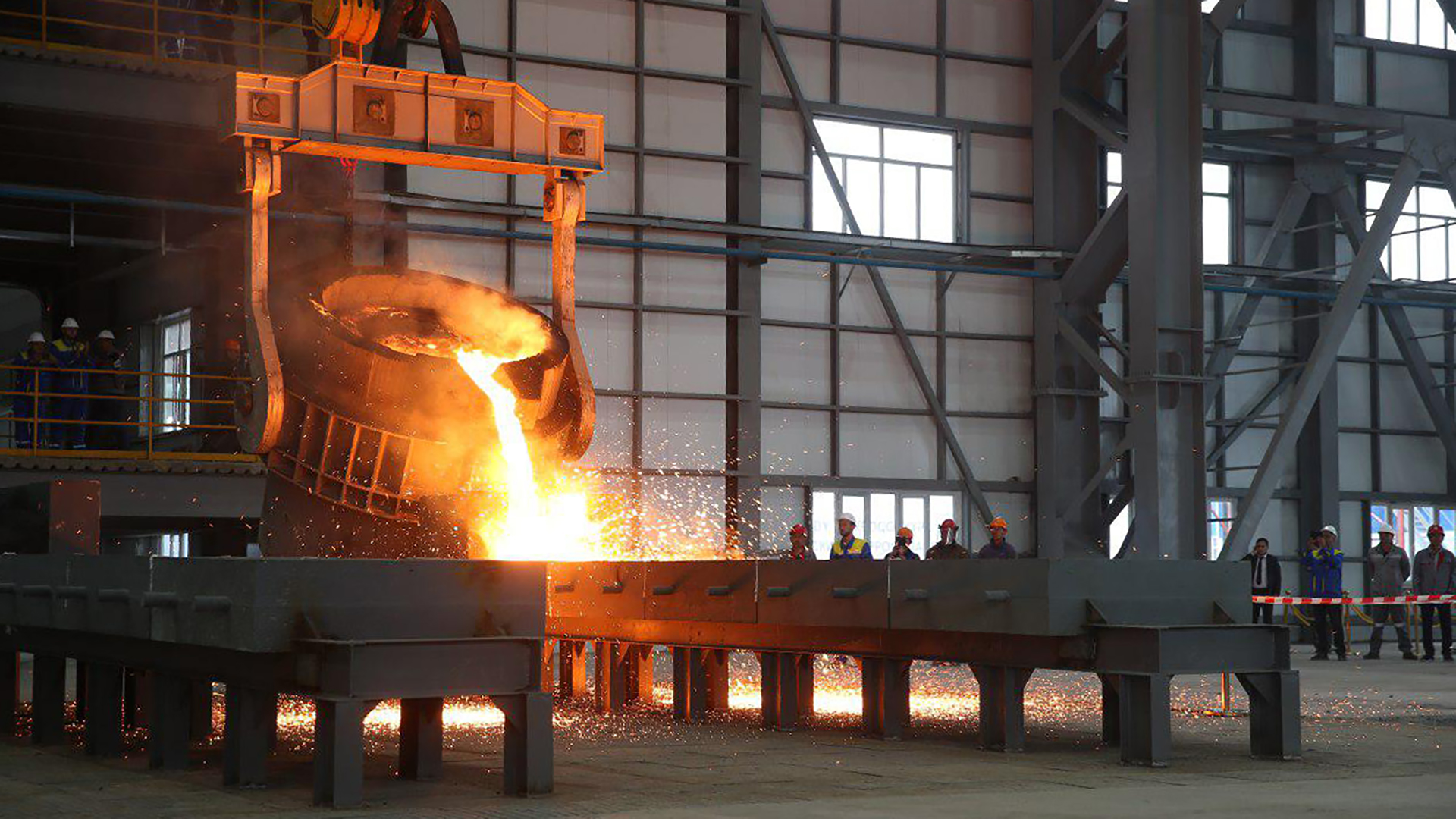
Speaking about the process of integration into global production chains, we can note the enterprise of Ust-Kamenogorsk Titanium-Magnesium Plant JSC, which created a joint venture POSUK Titanium LLP with the South Korean company POSCO. This enterprise is currently implementing a project to automate and control all stages of production, which will allow issuing an electronic certificate with a confirmed production passport for the manufactured products for their subsequent sale to large shipbuilding companies.
Currently, efficient production is unthinkable without modern information technology. The introduction of “smart” products is important for the development of priority sectors of the economy, in particular, the mining and metallurgical complex of Kazakhstan.
For example, today in the mining and metallurgical sector the following ongoing projects can be distinguished:
The introduction of IntelliSense smart solution technology at the gold mining plant of the Aktogay branch of AK Altynalmas JSC, a well-known manufacturer of gold bars in Kazakhstan, one of the leaders among model digital factories, allows the construction of a complex neural network model for predictive process analysis and big data management.
The Aktogay Gold Extraction Plant is the first model production in Kazakhstan, where the use of artificial intelligence technologies allows predicting the level of loading of balls and wear of the inner linings, and prevents overloading of the mill complex, which leads to increased transparency of the process and reduced downtime of the mill.

At the same time, as part of the implementation of projects to digitalize the backbone mining enterprises by Kazzinc LLP, Eurasian Resources Group and Ust-Kamenogorsk Titanium-Magnesium Plant JSC, Pitram, ERP, personnel balance management systems, balance calculation, and the Smart Quarry project on the Kachar career. The projects used advanced technologies: ERP sensors, on-board computers, satellite positioning, and all in real time.
Pitram solves operational management tasks. On-board computers are installed in the cabs of the loading and delivery machines, in which drivers in real time enter data on ore loading, transportation and unloading. The system automatically calculates the driver’s productivity per shift and transfers information to the server through the Wi-Fi access point, and then processes it. The personnel identification system, in turn, makes it possible to control the movement of employees and equipment in real time. Sensors are installed on the mining lights.
According to Eurasian Resources Group, the project involves a fully integrated production cycle of concentrate at the Kacharsky quarry site. All stages will be automated: drilling and blasting, transportation on a conveyor from the quarry directly to the factory, enrichment process with the output of high-quality iron ore concentrate.

The project was launched in 2017 at the Kachar site of Sokolov-Sarbay Ore Mining and Processing Production Association JSC. The Smart Quarry project will provide full transparency and control over performance indicators, which will increase the overall economic effect of the company's products. Innovation involves a fully integrated iron ore production cycle with the introduction of several elements of Industry 4.0.

One of the elements of the project is related to the implementation of the Modular automated system integrated with GIS and ERP. It involves modeling production processes. Operational monitoring of the situation at the quarry, making the necessary adjustments and the optimal distribution of mining equipment is carried out not by the operator, but by computers. A man only monitors the uninterrupted operation of the Smart Career.
As a result, the company receives 100% operational accounting and reliable and complete information on the use of equipment to support investment decision-making. All of this in combination will minimize malfunctions, reduce unplanned downtime of equipment to zero, increase the speed of its movement and distribution, optimize costs and, most importantly, increase equipment productivity by more than 10%.

Khimpharm JSC
The company implements six projects to digitalize the main and auxiliary production processes, as well as projects in the field of big data management, analytics and human resource management. The total cost of ongoing projects today exceeds 500 million tenge.

According to the company, today completed projects such as: Eunomia Power Bi (visualization of key indicators for the current state of the enterprise in the form of graphs and charts. Implementation of analytics on the principle of “What if” will allow you to build forecasts and models of the company's behavior in the short and long term );
Work Day (cloud HR) – Human Resource Management;
SAP TORO – allows automation of planning and accounting of routine maintenance and repair work, human and material resource planning. The implemented solution has a direct impact on production planning processes;
Digital Engineering Training Center (for training and advanced training of specialists) - the center, located at the plant of JSC Khimpharm, covers most of the field of automation technology, takes into account the current state of a particular technology.

Projects at Stage of Technical Testing and Completion:
Serialization and aggregation (labeling and tracing of drugs) – stage 1. Automation of monitoring and control over providing the population of the Republic of Kazakhstan with high-quality and safe medical products by participating in the mechanism for tracking its movement from the production stage in the country or import into the country until it is sold to consumers through pharmacies, or before entering a healthcare organization.
Power Map of QA – a solution in the field of quality assurance system in the enterprise. The solution allows you to visualize the main indicators of the current state of the enterprise in the form of graphs and charts.
Kostanay Minerals JSC
The company fully supports the widespread adoption of elements of the Fourth Industrial Revolution.

Automation and digitalization of production over the past year alone have significantly improved labor productivity by 10%, and average monthly wages by 15%. The production of chrysotile 3-6 groups increased and amounted to 54.8 tons / hour, which is 12% more compared to last year.
As part of the approved digital strategy, the key elements of Industry 4.0 have been identified and successful implementation of projects is ongoing.
One of the strategic directions of enterprise development is the adoption of digital business transformation. The key priorities of a long-term digital strategy are the creation and development of digital mega-projects:
Since 2012, the Digital Factory project has been implemented. Active work is underway to introduce elements of Industry 4.0. In 2012, old crushers were replaced with modern centrifugal ones with digital control.
To date, the technological scheme of enrichment with the transition to one cascade has been modernized. Significantly improved the energy efficiency of the factory. Since 2013, the Digital Mine project has been in full swing.
According to the Kostanay Minerals company, a project is being implemented – an automated monitoring system for the mining and transport complex, this will help reduce operational downtime, increase productivity, control the consumption of fuel and energy resources, and minimize the logistics of road and rail transportation. Economic effect is 51 million tenge per year.

Along with this, digital mining planning has been introduced, multiple variability of models and planning speed have been obtained, poor quality mining planning and the influence of the human factor are excluded (economic effect of 30 million tenge per year).
There is also an active work in the direction of digital service and digital office. A number of pilot projects are being implemented: predictive maintenance, a software product for labor protection and industrial safety, the use of unmanned devices for examination, an electronic system of pre-shift medical examinations, the formation of 3D models, a system for monitoring the safety of drivers of dump trucks, a system for monitoring working time and personnel location, automation of boiler control and etc.
This year it is planned to introduce large projects: digital registration of technical inspections and equipment repairs, which will allow visualizing the technical condition and reducing downtime. An explosive cartogram is also being developed, equipment is being introduced to ensure geological surveying and calculating the stability of open pit walls.

Among the main promising areas are control of processes and operations (visualization of processes), automation of process control (control system), replacement of metering devices with data collection and remote transmission devices (heat, water, electricity), implementation of an automated maintenance and repair system, creation of a geomechanical field models, the use of UAVs for examining the career space, the formation of 3D models of the enterprise infrastructure, an electronic system of pre-shift medical examinations and many other interesting things.
The research and development part is also active. There is a whole team created within the company, which is engaged in research in working with data with a reflection in the figure of its business processes, from geological exploration to product sales.
Yes, we can talk about increasing labor productivity, which is an important indicator characterizing the efficiency of the use of labor resources of the enterprise. It is clear that the use of a complex of automated solutions will allow to carry out production processes without the direct participation of a person, but under his control, which will allow to produce a much larger volume of products per unit time.
Automation of production processes leads to increased production, lower costs and improved product quality, reduces the number of staff, increases the reliability and durability of machines, saves materials, improves working conditions and safety.
The use of Industry 4.0 technologies is an effective method of reducing the level of occupational injuries and occupational morbidity in especially harmful and dangerous sectors of production.
For example, the use of the positioning system of miners will ensure the location of a person in all mine workings with the transmission of information to the dispatcher and to the command post of the facility in real time, which will allow you to quickly respond in emergency cases.
An example of the application of this system is Kazzinc LLP, a Kazakhstan mining holding company engaged in the extraction and processing of non-ferrous metal ores. The effect of the introduction of the Pitram mobile personnel management system in short periods of time at the Maleevsky mine, which allows tracking the location of technical equipment and workers in the mine - improving personnel safety and reducing injuries to 0 cases.
Also, the use of an industrial robot in particularly hazardous areas, for example, a smelter or foundry, will significantly reduce cases of industrial injuries.
As for measuring the increase in labor safety, the frequency coefficient of industrial injuries is used here – this is an indicator used in the statistical method of analysis of industrial injuries in order to improve labor protection. The injury severity coefficient, calculated according to a certain formula, is also applied, and the number and degree of damage sustained by employees during the performance of labor duties and tasks of the manager are taken into account.
These indicators are monitored by the enterprises themselves and the Ministry of Industry and Infrastructure Development of the Republic of Kazakhstan.
The following categories are examined for assessing the readiness of enterprises for Industry 4.0:
This analysis will allow assessing the current situation for small and medium-sized businesses, ranking production sectors by the degree of readiness to introduce elements of Industry 4.0, and developing measures to stimulate the digitalization of industry.
It is important to understand that Industry 4.0 is not only digital technologies, but also people and an innovative culture. Only a comprehensive transformation can maximize the effect of increasing its competitiveness, optimizing production costs, increasing profitability, improving working conditions, and industrial safety. The transition to Industry 4.0 will allow enterprises to reach a new technological level of development and find new market niches, integrate into global value chains.
Stay updated about the events of the Prime Minister and the Government of Kazakhstan - subscribe to the official Telegram channel
Subscribe